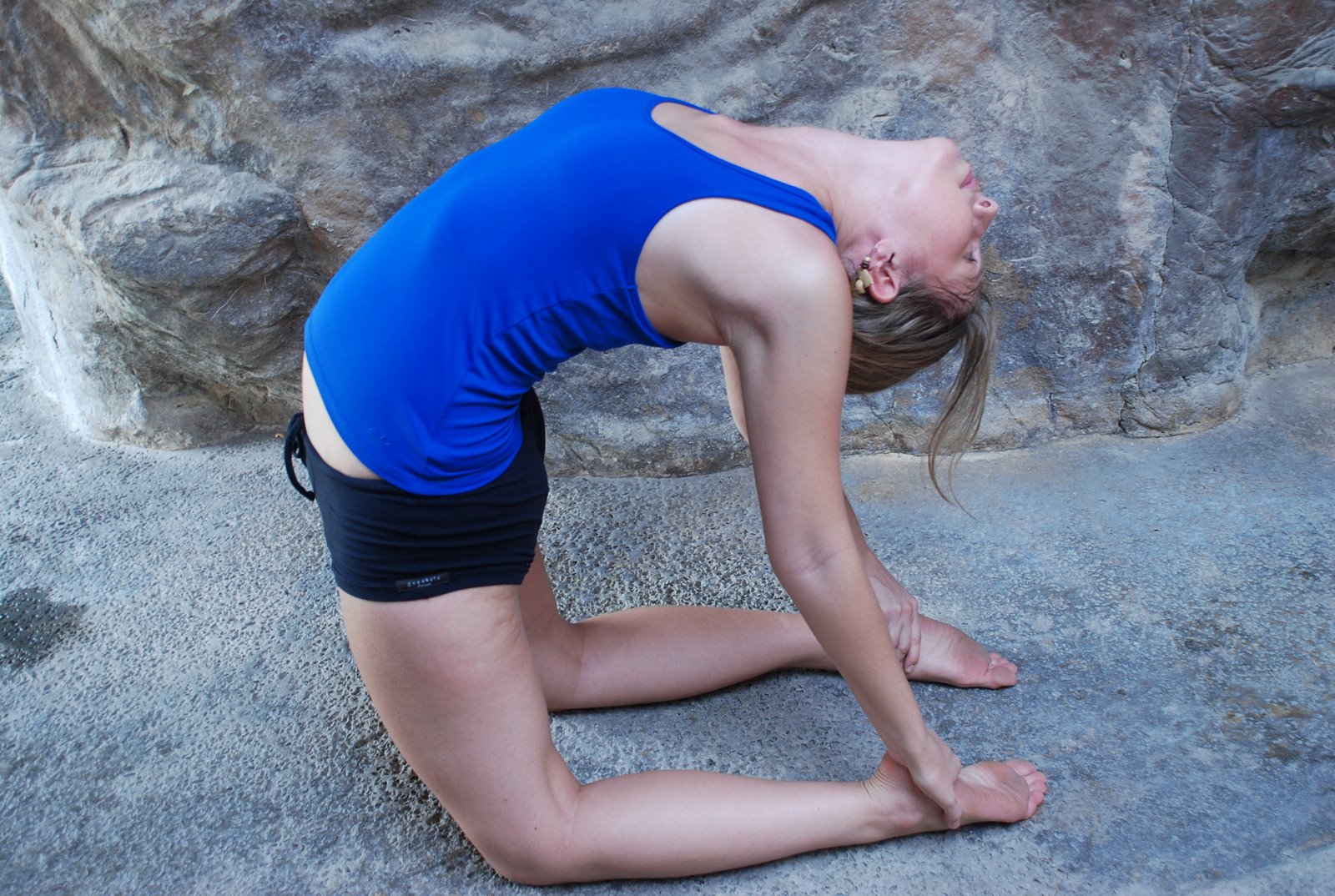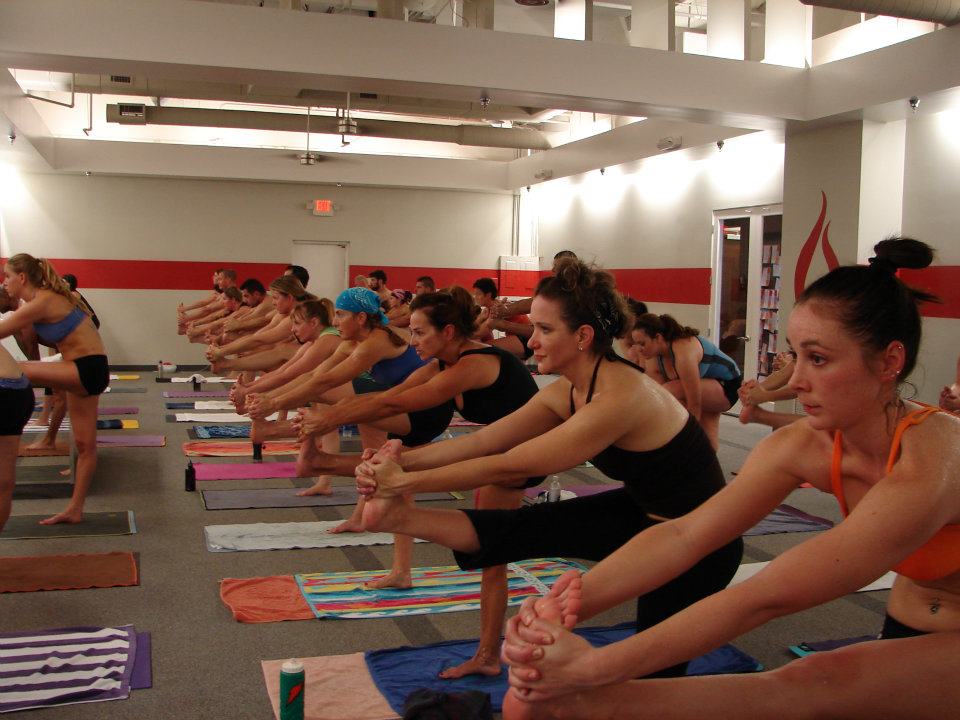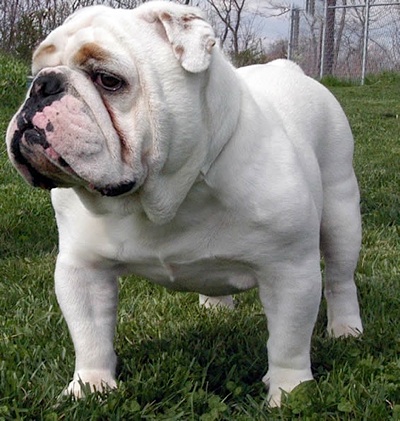By Todd Deacon Low back pain is one of the most common problems people have. According to a study from the College of Maryland, about 60% of the adult U.S. population has low back pain, and it is the second most common reason people go to the doctor. Low back problems affect the spine's flexibility, stability, and strength, which can cause severe pain, discomfort, and stiffness. Back pain is the leading cause of disability in Americans under 45 years old. Each year 13 million people go to the doctor for chronic back pain. The condition leaves about 2.4 million Americans chronically disabled and another 2.4 million temporarily disabled.
I am fortunate enough not to be disabled, but I have had a very bad back injury for over 16 years. I’ve seen specialists, physical therapists, personal trainers, masseuses, and even a stretching specialist. You name it, I’ve tried it. Just over a year ago things had gotten very bad, I was having episode after episode were I couldn’t get off the floor for sometimes up to 5 days. It was really starting to affect my life. I have an amazing and wonderful wife and two beautiful daughters who count on me. I wasn’t able to work, play with my kids, or help out. I was in pain and miserable.
My doctor recommended physical therapy. I’m self-employed and pay hundreds a month for adequate insurance coverage. However, I was informed that physical therapy would not be covered by insurance and I would be paying around a hundred dollars per visit! Wow, no thanks! Instead I RICE’d it (rest, ice, compress, and elevate), sat in the hot tub, stretched, and took anti-inflammatories; all the typical western solutions. The pain would eventually subside, but it just kept coming back. I finally listened to my sister and did something different…
My sister, Nicole, owns Bikram Yoga Paradise Valley (BYPV). She kept telling me a regular practice of Bikram Yoga would help my back. I had practiced sporadically in the past, but never made a commitment to the yoga. Plus it’s really hard and you sweat your face off!
I committed to practicing 3-4 times minimum per week for a year. In the begining there were times when I wasn’t sure if it was getting better, but with continued communication with the gurus at BYPV I learned how to heal my body. For example, I learned that backward bending would help heal my back more than forward bending, though the forward bending felt good on my lower back. There was so much to learn and unlearn, I am so thankful for all the amazing guidance I receive at BYPV.
Low and behold, a year later I couldn’t be happier about my decision and I’m even happier I fulfilled my commitment. Though my back isn’t 100% and I still have days when it’s tight, it’s 99% better and that’s saying A LOT! I haven’t lost a day to laying on the floor because my back is in spasms. Did I mention I’ve lost some weight? In the last year I also lost 40 pounds doing Bikram Yoga, drinking LOTS of water, and eating healthier.
When asked why I do Bikram Yoga? Other than being pain-free, feeling like a million bucks every time I do the yoga, being strong and healthy, and finding self-realization... the number one reason is being able to give my three and five year old daughters horsey rides before bed.








